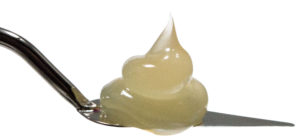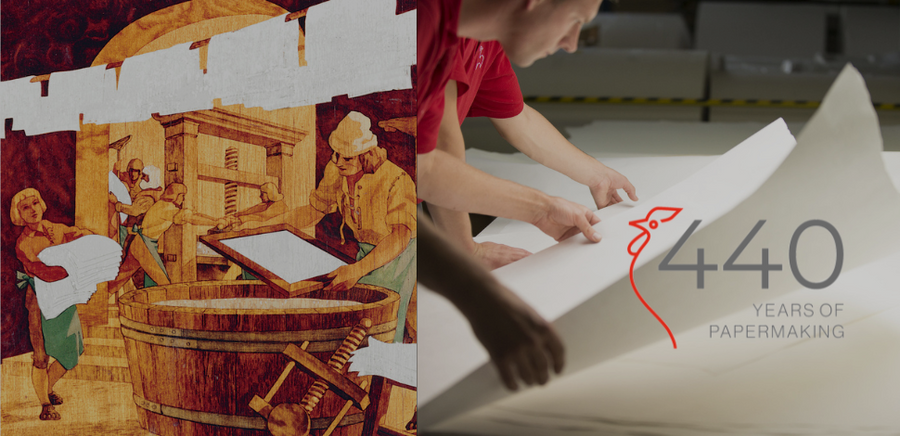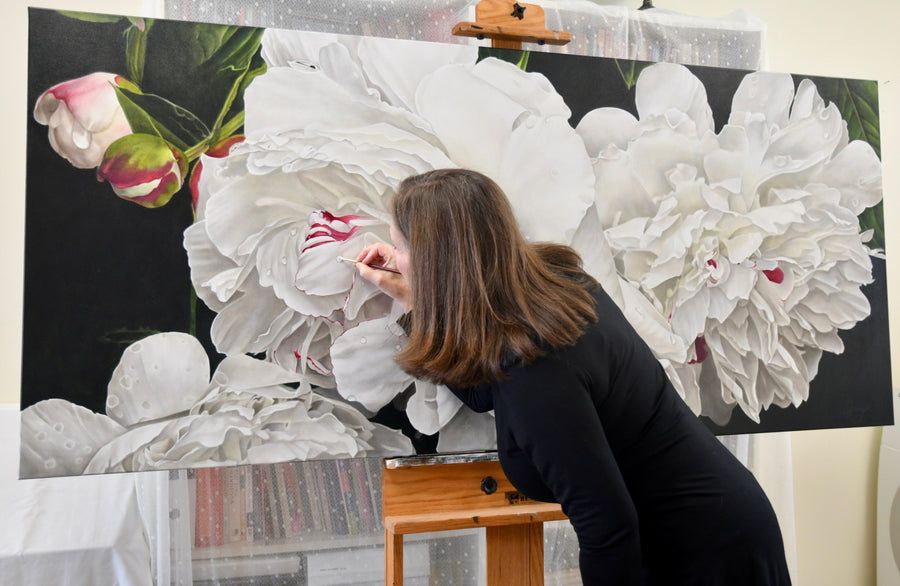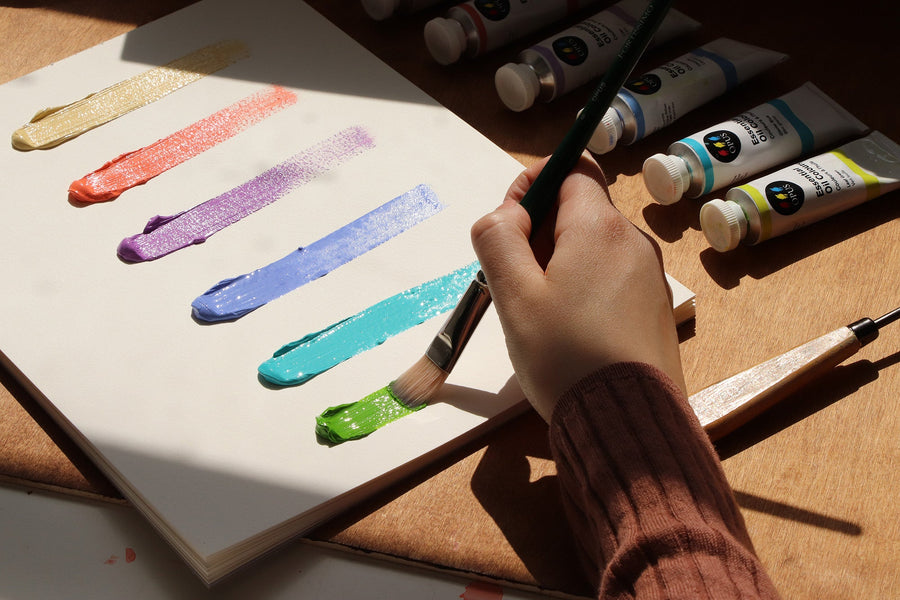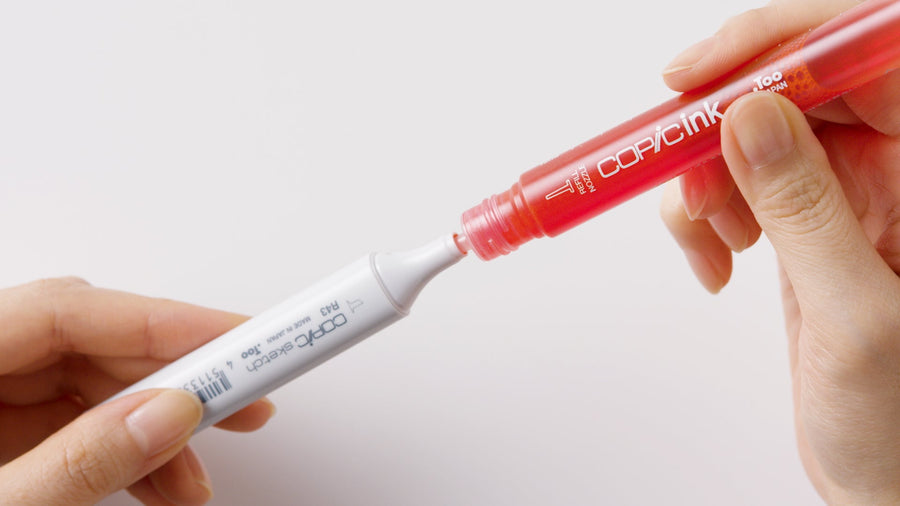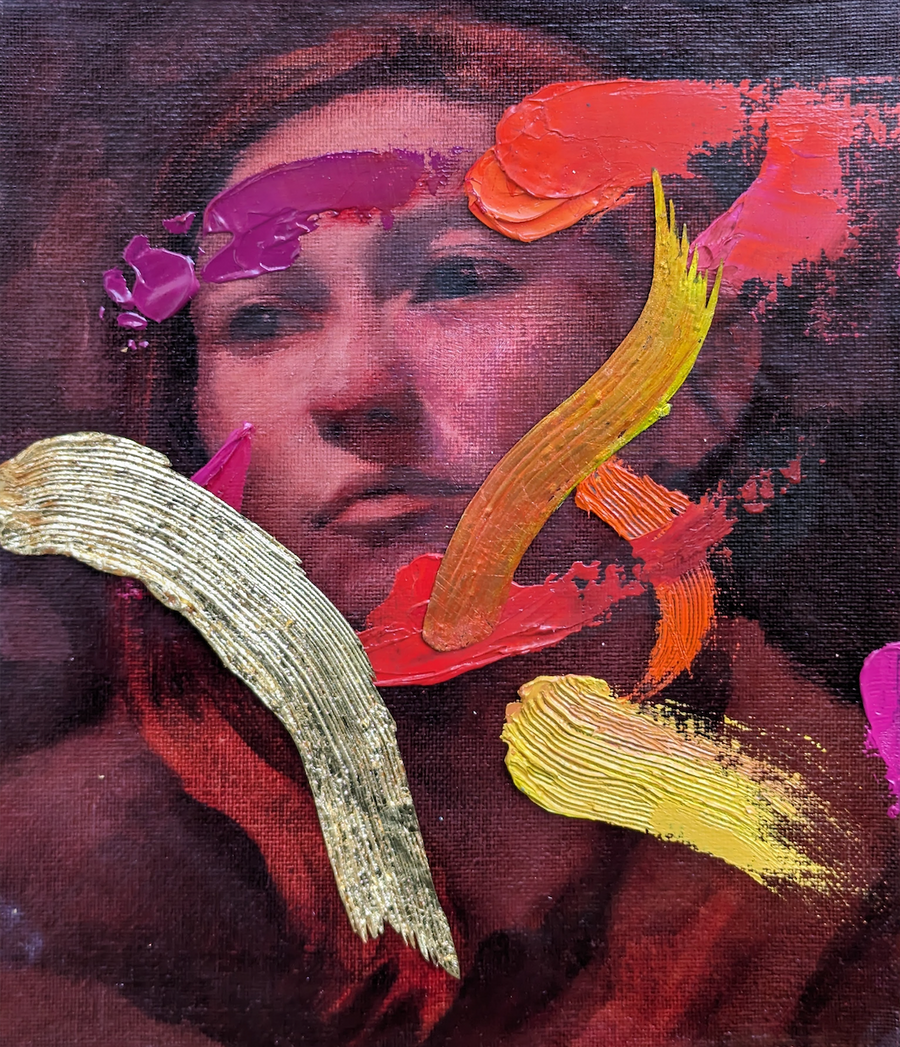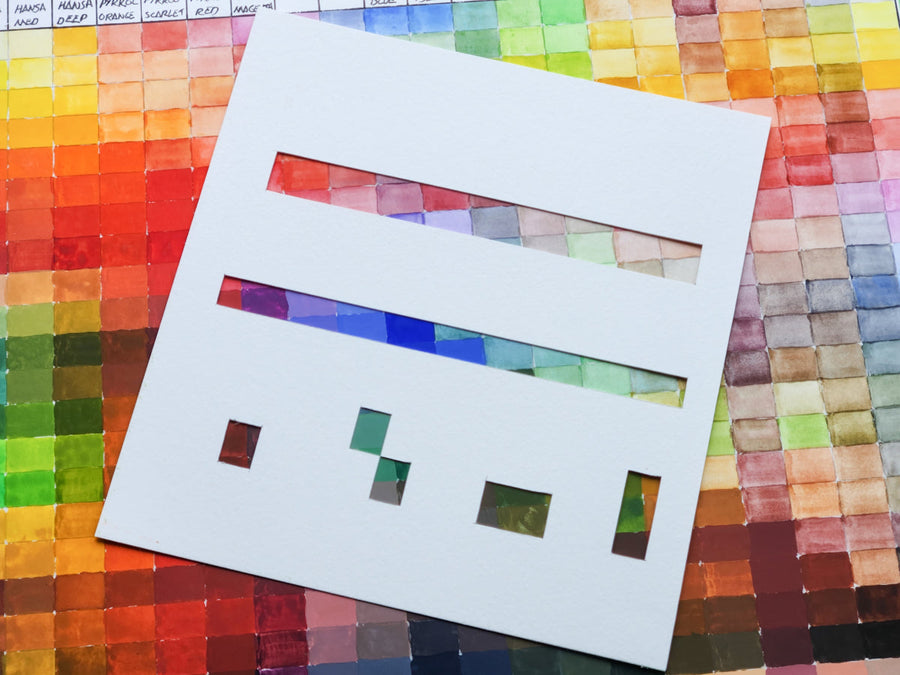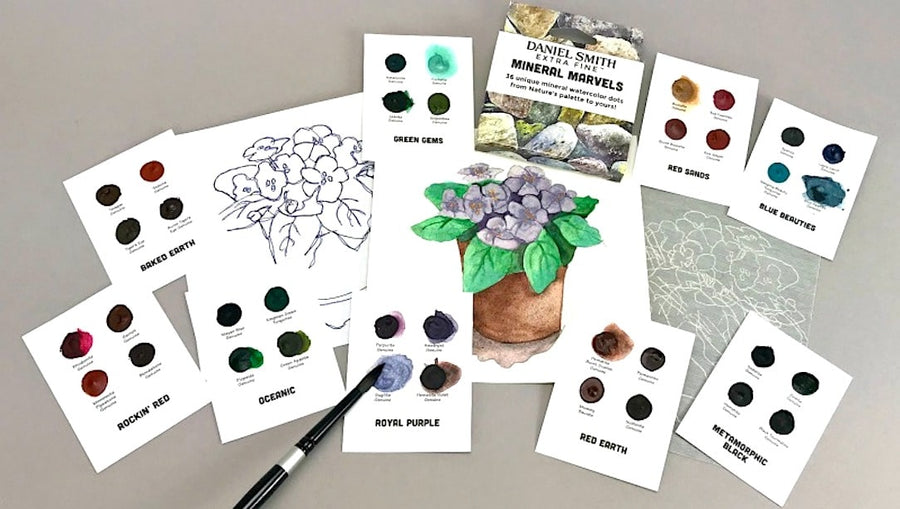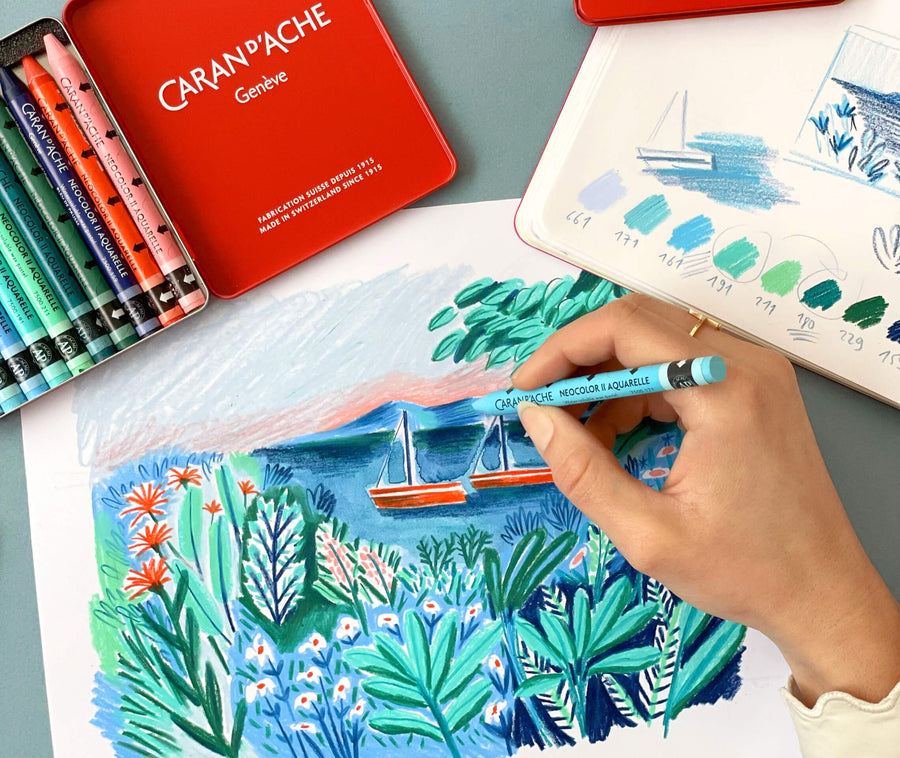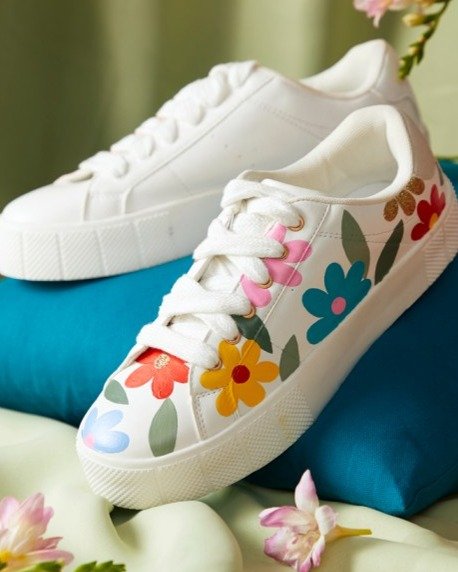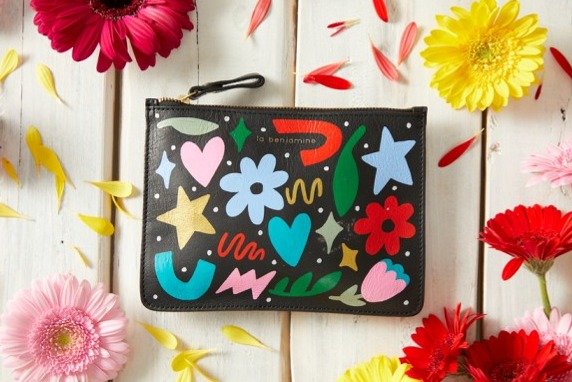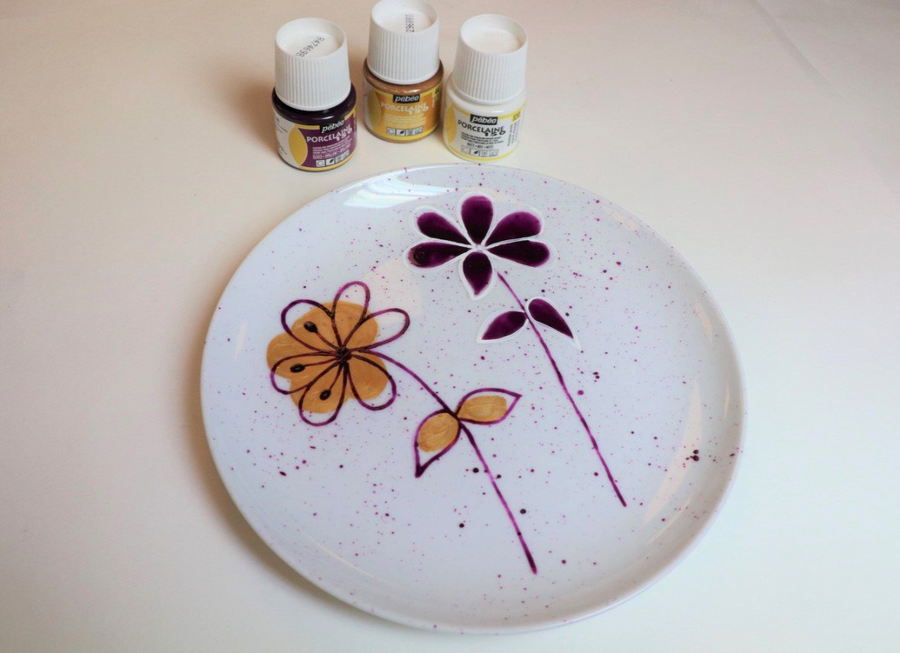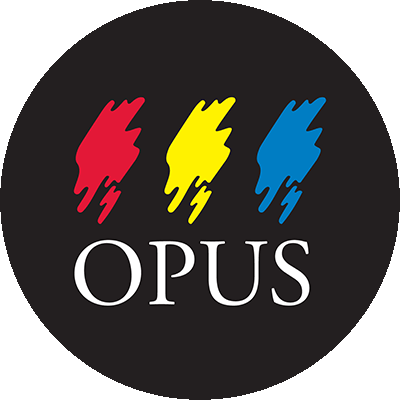
All painting mediums affect oil colours from the tube in the following ways: they modify the working properties of the paint, influence drying rates, increase transparency and alter the surface quality (gloss to matte). The difference from one painting medium to the next is how they do these things.

Cold Wax Medium with Transparent Orange

Neo Megilp with Ultramarine Blue

Galkyd with Venetian Red

Solvent-Free Gel with Alizarin Crimson
What is the best painting medium to use?
Below is a quick tour through our Oil Painting Mediums Guide to help you find the painting medium that is right for you. After all, the “best” painting medium is the one that is best for your process and your work.
Our mission at Gamblin is to lead oil painting into the future by making materials that are true to historic working properties, yet safer and more permanent.
Robert Gamblin made the decision early on to formulate a range of contemporary painting mediums based on alkyd resin made from soybean oil, rather than damar (also spelled ‘dammar’), for two main reasons. First, damar resin increases in color as it ages (especially when used alone as a final varnish) and imparts its inherent brittleness to paint layers. Alkyd resin, derived from soy oil, gives both strength and flexibility to paint layers.
Second, damar requires strong solvents like turpentine when formulating mediums. Alkyd resin can be formulated into mediums using a mild solvent such as Gamsol, or no solvent at all, in the case of our Solvent-Free painting mediums.
The front of our Mediums Guide organizes our mediums into three categories:
- Contemporary: Galkyd, Galkyd Lite and Neo Megilp, which are made from alkyd resin and Gamsol. As a group, these are fast-drying painting mediums for traditional and contemporary painting techniques
- Solvent-Free: Solvent-Free Gel, Solvent-Free Fluid, and Safflower Oil, to support Solvent-Free painting techniques
- Raw Materials: natural drying oils (Linseed, Stand) and Gamsol
How do I choose the best oil painting medium?
The most useful part of the Mediums Guide in choosing the right medium for your needs is in the chart on the back, where we ask you to consider two important characteristics –Working Properties and Drying Rates.
Working Properties
Working Properties describe how the painting medium feels and the effects the medium has on color. Low Viscosity (thin) Fluid mediums readily increase the flow of oil colors off the brush and retain brushmarks. These are excellent for expressive mark-making where the “hand” of the artist is evident.
High Viscosity (thick) Fluid mediums have more leveling effects on brushmarks and create smoother, enamel-like paint layers. Gel Mediums extend oil colors but do not increase fluidity, so they maintain the body of the paint. Whereas all of our mediums increase gloss and flow of oil colors, Cold Wax Medium is unique in that it dries matte and makes oil colors thicker.
Drying Rate
As the drying time of oil colors is another important consideration, we’ve organized our mediums in the three columns based on their Drying Rates: Fast (1 – 2 days), Moderate (3 – 4 days) and Slow (4 – 6 day). The center of this chart describes the testing we put these materials through to determine these Drying Rates.
Keep in mind that all Gamblin mediums are compatible with each other. You might find that a mixture of a couple different mediums will give you the perfect working properties and drying rates for your work.
By considering working properties and drying rates, you can find the medium that best supports your artistic intentions and your painting process.

